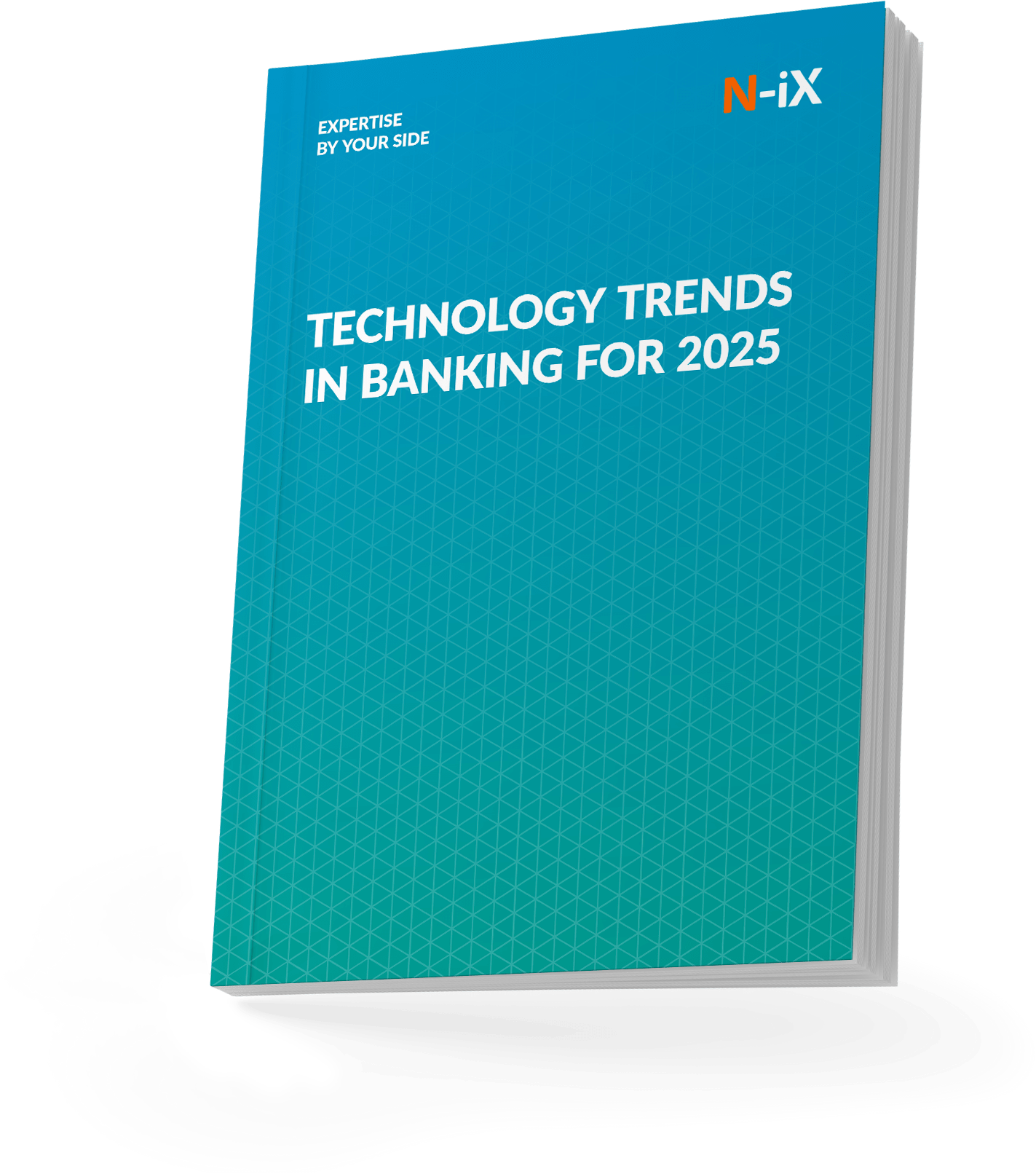Two major trends power changes in the finance industry today. Data becomes crucial for financial software development: personalizing services, enhancing customer experience and driving innovation. At the same time, financial institutions face stricter regulations to ensure the security and transparency of data sharing. The industry is performing a balancing act between utilizing the benefits of data and maintaining user control and security. Financial institutions (FI) are comparing two options: open finance vs open banking. Open banking is an industry-wide framework that governs the exchange of payment data between FIs; open finance is an extension of open banking to more spheres, allowing the exchange of all data between any type of institution. Both terms refer to a set of rules that regulate how FI exchanges data about their customers. Liberalized data exchange facilitates more personalized and competitive financial products and services, leading to more satisfied customers.

Choosing between the two options depends on specific needs and desired use cases. Let's understand the differences in the application of open banking vs open finance.
When to choose open banking vs open finance?
There are two main differences between open banking and open finance:
- Scope: open banking is concerned with payment data, while open finance is a broader concept that encompasses payment data as well as all other data accumulated by FIs.
- Stage of implementation: open banking is an established regulatory framework, whereas open finance is more of a project for the future that can, nonetheless, be implemented within one organization. Although the European Commission has recently proposed implementing a similar set of rules for open finance to those governing open banking, it is unlikely that these regulations will be enacted in the near future.
Open finance is a more forward-thinking approach that comprehensively addresses modern financial challenges and regulations. Whether an organization should opt for open finance or open banking depends on the specific data types employed in the desired features.
Read more: Open Banking strategy for US and Canadian banks
Stay ahead in banking—explore 6 tech trends shaping the industry in 2025!


Success!

Developing new secure payment services
Open banking implements authentication and authorization protocols that create new opportunities for payment solutions. OAuth, which stands for Open Authorization, is a standard protocol that allows users to grant websites or applications limited access to their information without revealing their credentials. It plays a crucial role in open banking by providing a secure and standardized method for authorizing third-party applications to access this financial data. This minimizes the risk of credential theft and unauthorized access. Additionally, open banking gives consumers more control over their financial data. Users can view and monitor transaction activities in real time through secure interfaces provided by their banks or third-party providers. This real-time monitoring allows users to quickly detect and respond to any suspicious activity, thereby reducing the risk of fraud. Here are the key features that are made possible by more secure protocols and efficiency of data sharing:
- B2C checkout and returns. When shopping, customers can pay directly from their bank accounts without entering card details, reducing the risk of fraud and speeding up transactions. Open banking can automate refunds for returns by sending money back to the customer's account quickly and securely.
- P2P payments. Open banking APIs allow payment apps to send money directly between bank accounts and bypass card networks, making transactions faster and cheaper.
- B2B payments. Open banking helps automate and secure processes like paying invoices, setting up variable recurring payments, and making loan repayments. Businesses can use open banking to ensure timely and accurate payments, reduce errors, and minimize manual work.
- Direct debit. Businesses can set up and manage direct debits more efficiently, and customers can monitor and control their transactions through their banking apps, ensuring security and reducing unauthorized debits.
Open finance does not bring extra features to payments.
Processing financial data for credit scoring
Both open banking and open finance allow any FI to widen the scope of data used to estimate credit risk, thus improving accuracy. Open banking provides access to cash flow patterns and spending habits, significantly expanding traditional metrics by capturing real financial behavior. This democratizes access to credit by providing a more accurate and up-to-date picture of an individual's financial situation, leading to fairer and more personalized credit offerings.
However, open finance takes this further by incorporating a broader range of financial data. It completes the picture with information on savings and investments, insurance policies, other active loans, and credit card details. This additional data enhances the understanding of an individual's financial stability and planning, giving a more comprehensive view of their creditworthiness.
While open banking significantly enhances credit scoring models, open finance pushes the boundaries even further. In this use case, open finance vs open banking boils down to how much more accurate and detailed credit scoring is needed.
Account aggregation and wealth management
Account aggregation services are a key application of liberalized financial data access. Data analytics tools process data to give customers a comprehensive view of their financial situation and provide financial advice from an algorithm or a human specialist. Open banking APIs gather data from various financial institutions where a consumer holds accounts, such as bank accounts, credit cards, loans, and investment accounts.
Opting for open finance instead of open banking can significantly enhance account aggregation services by expanding the scope and depth of accessible financial data. It includes information on investments, insurance, pensions, and other important aspects of financial health. This results in more accurate financial planning tools that consider all aspects of a person's financial life.
Variable recurring payments
VRPs (Variable Recurring Payments) are a payment mechanism that allows automatic transfers with varying amounts and frequencies. They are most commonly used for usage-based services, subscriptions, B2B, or services with fluctuating costs, such as utility bills and loan repayments. This feature can only be implemented using an open finance framework. VRPs connect to systems that determine the payment amount without human input and ease the administrative burden. This information cannot be shared under open banking; only manual entry is possible.
Unlike other recurring payment methods, open finance protocols enable VRPs to let users manage their payments directly from the financial institution's app, as it is connected to the request's source. In contrast, most current recurring payments must be canceled by the receiving party.

How N-iX can help you implement open banking and build a new offering
At N-iX, we have assisted European and North American banks craft an Open Banking strategy, adhere to regulatory requirements, and maintain the highest-level security for their services. With over 200 experts in financial services development and over 2,400 professionals, we know how to introduce innovative solutions and groundbreaking technologies.
One of our cases is the transformation of a major British fintech with 1.5M customers into a neobank. Our engineers implemented an Open Banking API, robust system monitoring for FCA compliance, strong customer authentication and identity guard, and fully developed mobile apps with a customer-centric approach, enhancing security and operational efficiency.
Read more: Facilitating secure neobank transformation
Have a question?
Speak to an expert




